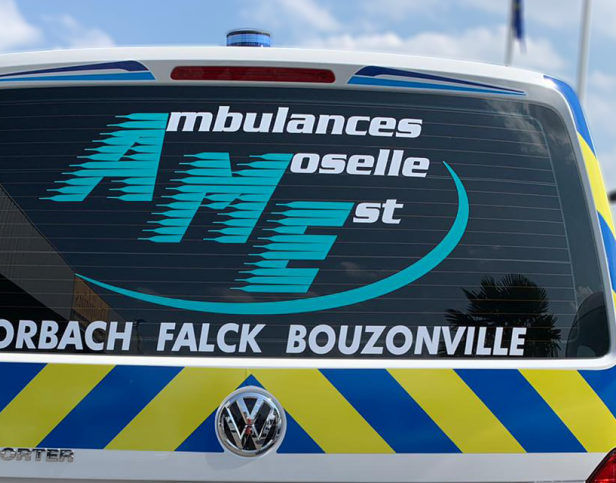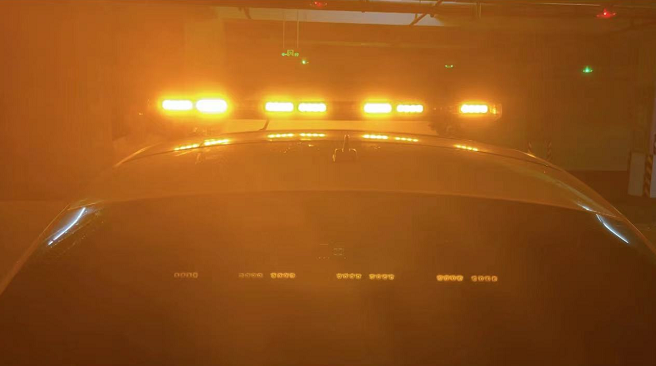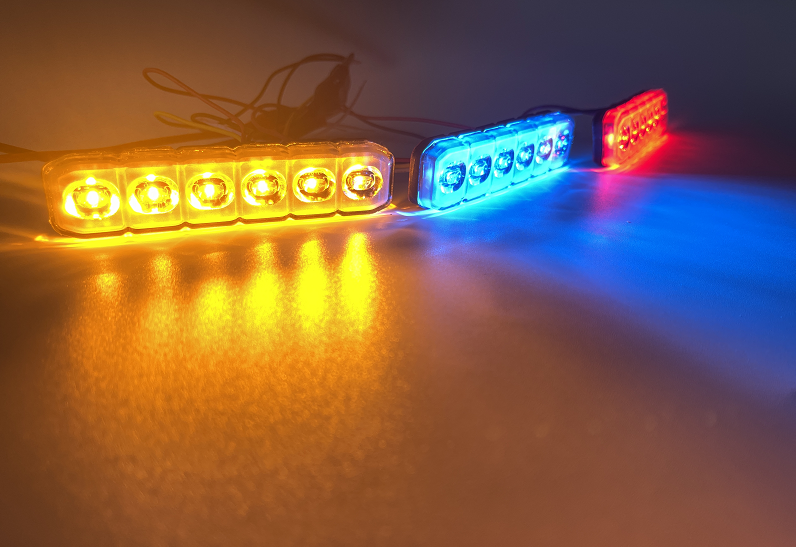- English
- Español
- Português
- русский
- Français
- 日本語
- Deutsch
- tiếng Việt
- Italiano
- Nederlands
- ภาษาไทย
- Polski
- 한국어
- Svenska
- magyar
- Malay
- বাংলা ভাষার
- Dansk
- Suomi
- हिन्दी
- Pilipino
- Türkçe
- Gaeilge
- العربية
- Indonesia
- Norsk
- تمل
- český
- ελληνικά
- український
- Javanese
- فارسی
- தமிழ்
- తెలుగు
- नेपाली
- Burmese
- български
- ລາວ
- Latine
- Қазақша
- Euskal
- Azərbaycan
- Slovenský jazyk
- Македонски
- Lietuvos
- Eesti Keel
- Română
- Slovenski
- मराठी
- Srpski језик
Vehicle Warning Light Regulation
2022-09-16
Emergency lighting has two purposes: One, to alert motorists or pedestrian of the approach of an oncoming emergency vehicle; and two, to alert motorists or pedestrian of an emergency vehicle stopped in the roadway or in operation. These lights come in various colors and use different types of lighting. In theWorld, agencies use five main colors of emergency vehicle lighting.
Each of these colours, or combination of colours, is intended to convey a specific warning to road users. To guard against incorrect use and to avoid possible detraction from the significance of a flashing light, their use is limited to particular types of vehicles and in particular circumstances.
Blue or blue and red Blue, or blue and red flashing lights must only be fitted to:
• Police vehicles.
• Ambulances
• Operational Fire brigade vehicles and accredited Rural Fire Service vehicles.
• A vehicle used by a Traffic Commander or a Traffic Emergency Patroller appointed or employed bygovernment.
• Emergency Service vehicles.
• Vehicles used by an accredited rescue or highway rescue

Amber or yellow flashing light warns road users of an obstruction to the free flow of traffic. Typically have the broadest range of acceptable use in most motor vehicle codes. Amber lights typically are considered cautionary warning lights, and other motorists are not required to yield or stop for them.
•Construction Vehicles, engineering rescue trucks
• Municipal vehicles like Sprinkling Truck, Snow sweeper, Rubbish car,
•Agricultural Vehicles
•Mining Vehicles
•Truck and trailer
•Commercial vehicles, like fleet, bus, vans

White, green and purple
Not a common color, used for special vehicles!
 Catalog
Catalog




